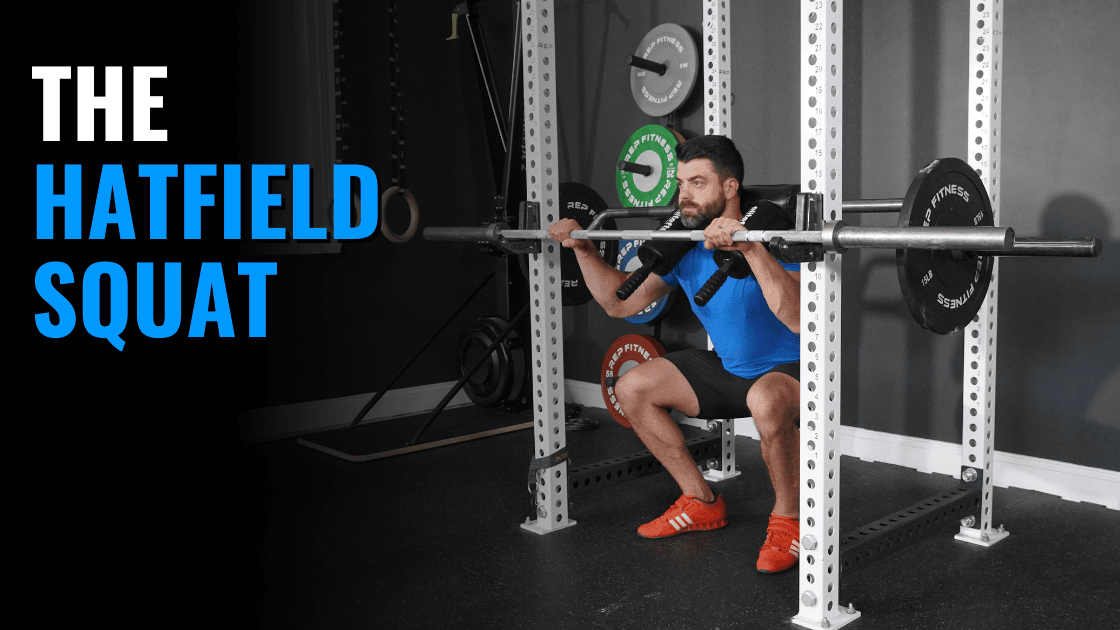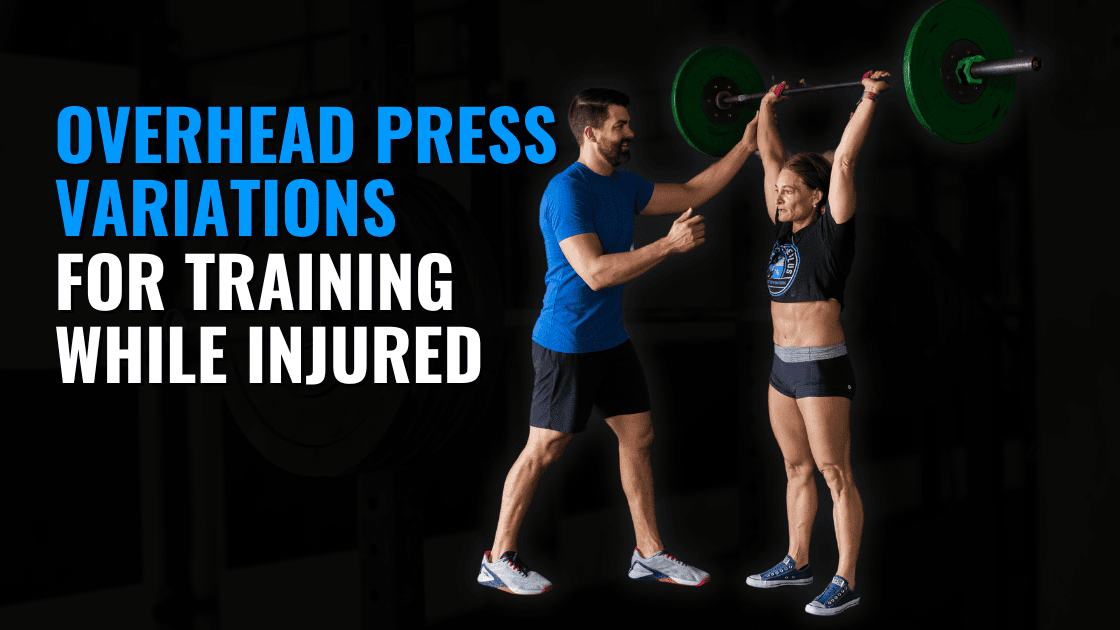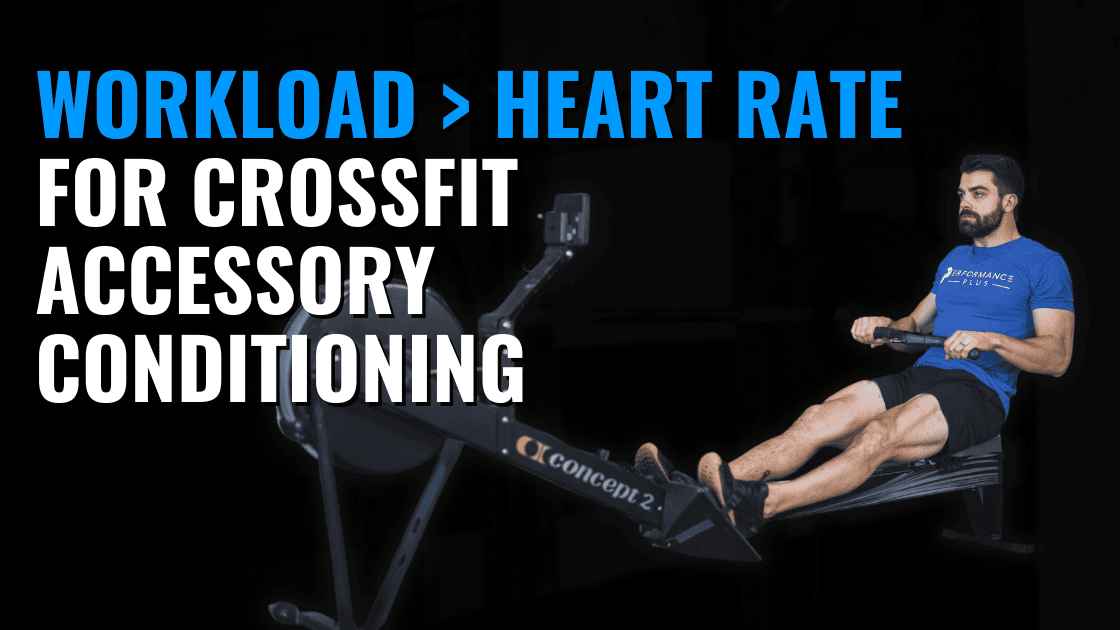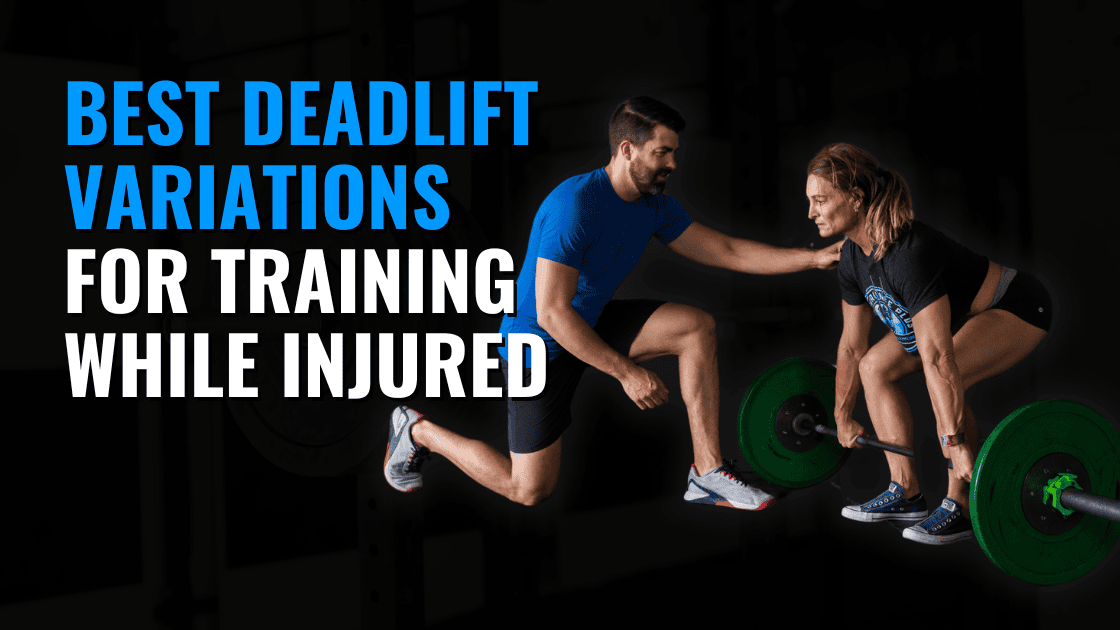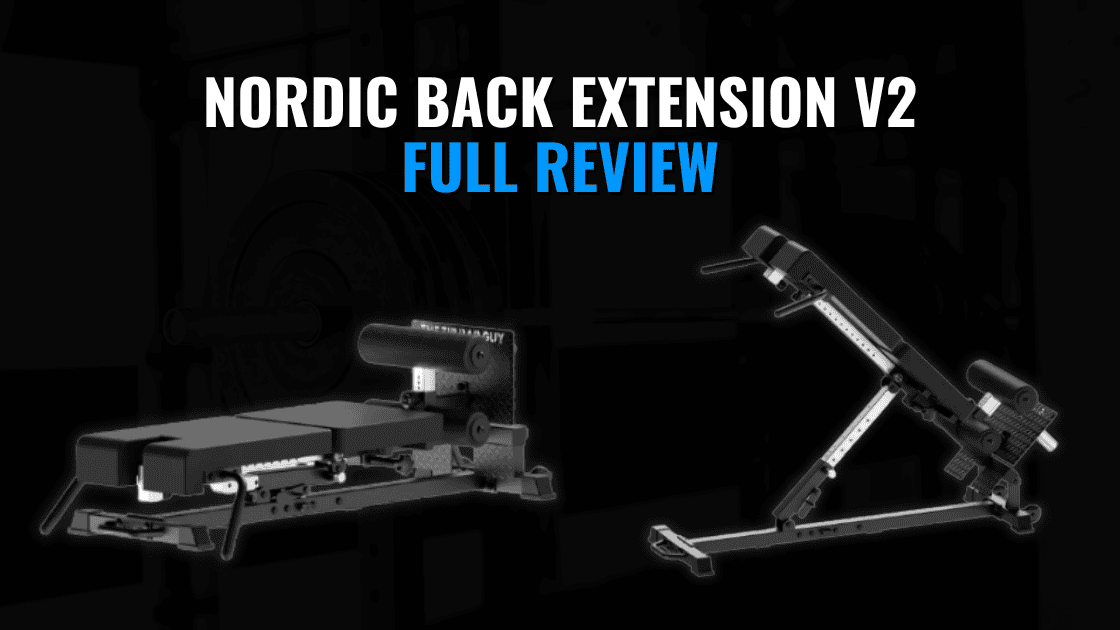The Ultimate Guide to the Hatfield Squat
The Hatfield Squat is a phenomenal squat variation, particularly for athletes needing more leg stimulus in their training. In this article, we’ll break down technique and when this movement should be used in your programming.
The Hatfield Squat is named after Fred Hatfield, PhD—also known as Dr. Squat—a powerlifting legend and the first athlete to squat over 1,000 pounds in competition.
Hatfield Squat Technique
The Hatfield Squat is a hand-assisted squat variation, so you must use a Safety Squat Bar since your arms won’t be able to hold a traditional barbell on your upper back. Instead, your hands will hold onto either the rig, squat handles, or another barbell placed in J-cups in front of you to help with balance throughout the lift.
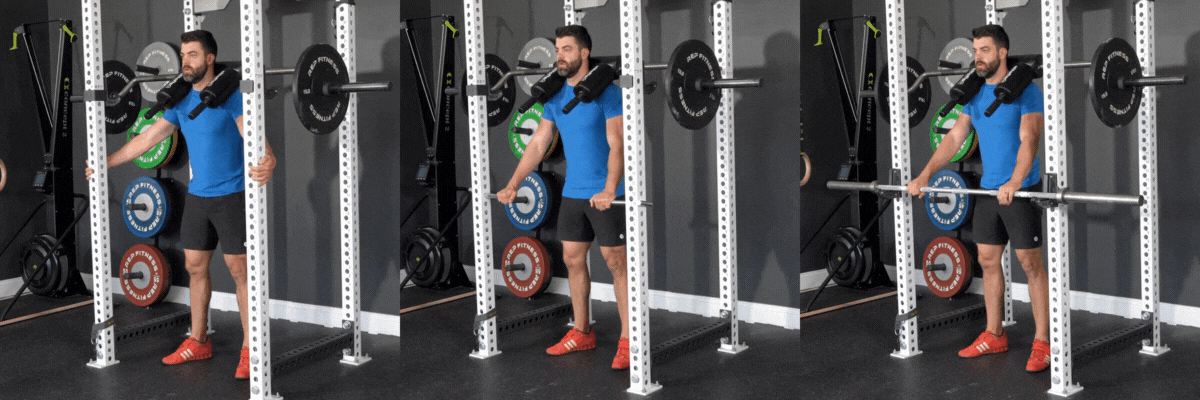
(Left) Holding Uprights, (Middle) Holding Band Pegs, (Right) Holding a Barbell in J-Cups
Your hands should be positioned around belly button height. If they’re too high, your arms will run into your body at the bottom of the squat. If they’re too low, you won’t be able to stand fully upright.
The purpose of the Hatfield Squat is to maintain a very upright torso, reducing low back strength demands and keeping maximal tension on the legs. To stay upright, think “sit down” by pushing your knees forward and hips back at the same time as you begin the descent.
On the way down, your arms serve primarily to help you balance and achieve maximal depth while keeping a vertical torso.
On the way up, think “guide, don’t drive” with your arms. They’ll help you stay balanced but shouldn’t be working so hard that you feel an upper body pump. Use them to assist lightly through sticking points, allowing for more total volume at relatively heavy loads and a greater training stimulus for the legs.
Why Program the Hatfield Squat?
There are several reasons to include Hatfield Squats in your training.
First, the upright torso helps place maximal tension on the legs—especially the quads—for both size and strength. They’re a great option during hypertrophy-focused blocks of training.
Second, this variation typically allows for more total volume at a given load, which can also serve as a great mental boost. Dr. Hatfield famously said, “If you think you can, you can. If you think you can’t, you’re right.” Use the Hatfield Squat to build confidence under heavier weights.
Athletes with long femurs relative to their torsos often have to squat with a very forward torso angle, which can reduce leg stimulus. Like cyclist squats and heels-elevated goblet squats, Hatfield Squats are an excellent choice when long-legged athletes need more quad emphasis.
Related video: Long Leg Squat Solutions
View this post on Instagram
Finally, the Hatfield Squat is ideal for training around injuries while still lifting heavy. For those with low back pain, the upright torso allows for more intense training when forward torso positions aren’t tolerated. The same goes for athletes with hip impingement. Any Safety Squat Bar variation is also great for those experiencing shoulder pain that prevents back or front rack positions.
Conclusion
Whether you’re looking to build bigger quads, train around injuries, or just add a smart variation to your squat arsenal, the Hatfield Squat delivers. With its unique setup and hand-assisted mechanics, it allows athletes to stay upright, lift heavy, and keep their legs under high tension—all while sparing the joints. Add it to your next training cycle and see how it levels up your squat game.

